1. Bamboo Palm
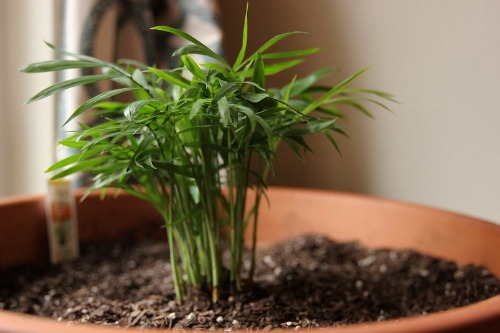
At first glance, bamboo palms look elegant and understated. But designers say they’re secretly a magnet for spider mites and scale, which wreak havoc on other plants too. They also need a consistent watering schedule and easily droop when neglected. Instead of serene, they often end up looking straggly and sad.
In design terms, bamboo palms don’t offer enough visual payoff for the maintenance. They take up a lot of space but don’t provide interesting color or texture. Over time, they just become a “background plant” that looks forgotten. Many designers wish homeowners would swap them out for something sturdier and more sculptural.
2. Fiddle Leaf Fig
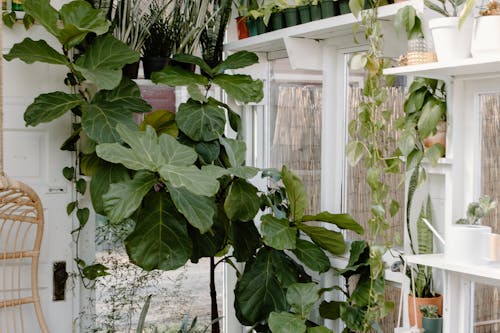
Designers admit it’s the plant they see the most—and the one they secretly want you to retire. Fiddle leaf figs are notorious for being high-maintenance, demanding exact light, consistent watering, and lots of attention. Most people end up with brown edges, dropping leaves, and frustration. While they look dramatic in photos, in real homes they often look tired and sad.
The problem is they rarely thrive outside of greenhouse-like conditions. If your living room doesn’t get the perfect balance of indirect light and humidity, it’s a losing battle. Designers are over how often they become giant, leafless sticks in corners. They say it’s time to give this diva a rest and find a more forgiving statement plant.
3. Areca Palm
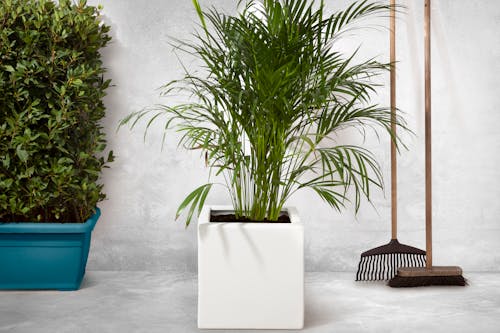
On Pinterest, they look lush and tropical, but in real life, they can be a total headache. Areca palms are dust magnets, and those fronds take over rooms faster than you’d expect. They also need bright, indirect light to survive, and most homes just don’t provide that. What you end up with is a droopy, yellowing palm that looks more depressing than exotic.
Designers often groan when they walk into a space with an overgrown palm taking up half the square footage. Instead of adding breezy vacation vibes, they clutter a room and feel dated. Plus, their roots can outgrow pots fast, leaving them unstable. The message is clear: they belong outdoors, not in your apartment corner.
4. Boston Fern
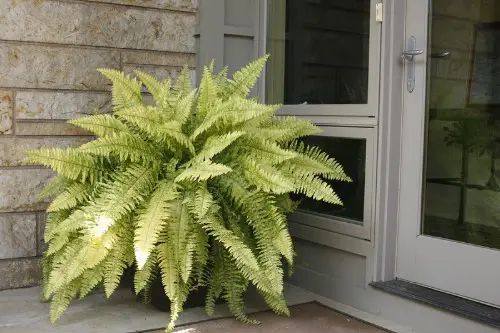
Boston ferns have been an indoor staple for decades, but designers are tired of their messy habits. They shed constantly, leaving floors littered with little brown leaves. Without daily misting or a humidifier, they dry out quickly and look crispy. Instead of lush and green, they often resemble a neglected mop.
Designers point out that they’re better suited for covered porches or shaded patios. Indoors, they’re just too needy and create unnecessary clutter. Unless you’re ready to baby them with water and humidity, they don’t reward you with the payoff you expect. It’s more stress than style in most interiors.
5. English Ivy
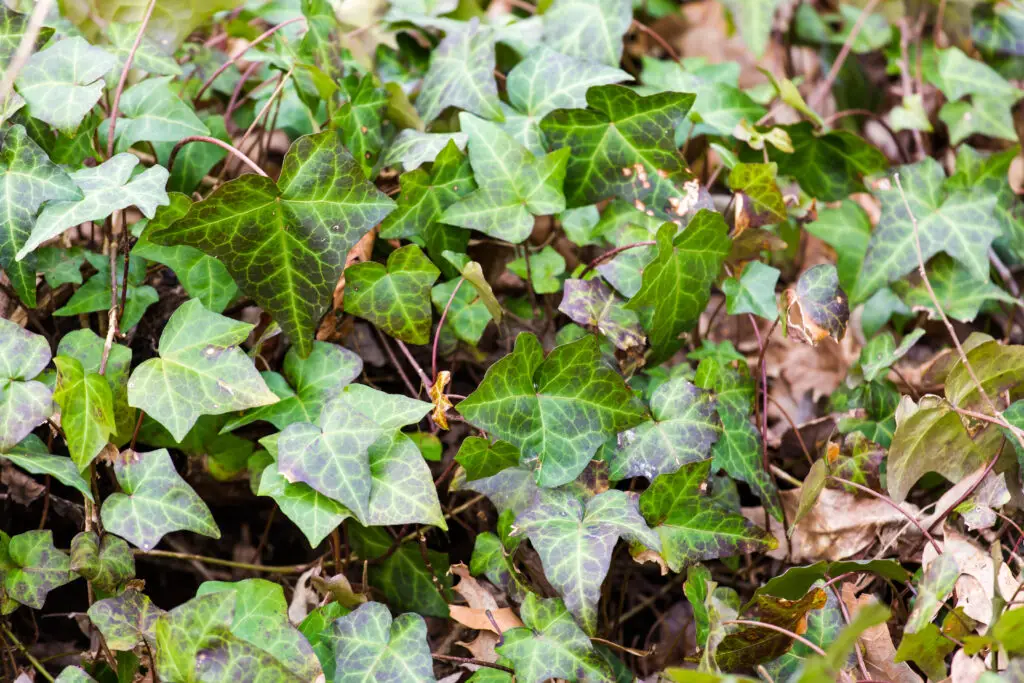
While charming outdoors, indoors it can be a real pest. English ivy is invasive by nature, and indoors it doesn’t stop creeping. It climbs over shelves, walls, and furniture, quickly looking messy instead of romantic. Designers say it creates a cluttered vibe rather than a curated one.
There’s also the issue of pests—spider mites love ivy and can spread fast. Once it’s infested, it’s hard to save without tossing the whole plant. Plus, ivy is toxic to pets, making it even less appealing in family homes. Designers would rather see a trailing pothos or philodendron instead.
6. Banana Plant
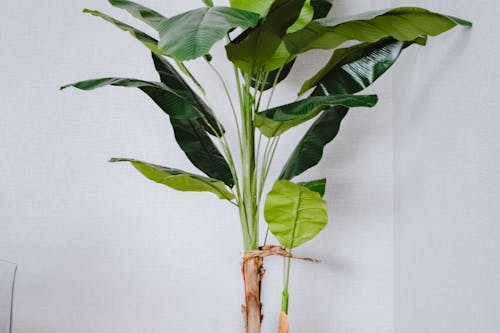
Banana plants look incredible for the first few months—giant leaves, tropical flair, lots of drama. But those giant leaves also tear easily, leaving ragged edges that make the plant look sloppy. They need tons of sunlight, humidity, and heat, which most living rooms can’t offer. Without it, they sulk and fade.
Designers say they become “sad corner plants” more often than statement pieces. Even in perfect conditions, they outgrow spaces quickly, becoming awkward and overwhelming. They’re more suited for gardens or sunrooms than cozy apartments. In most interiors, they simply demand too much without giving enough back.
7. Zebra Plant
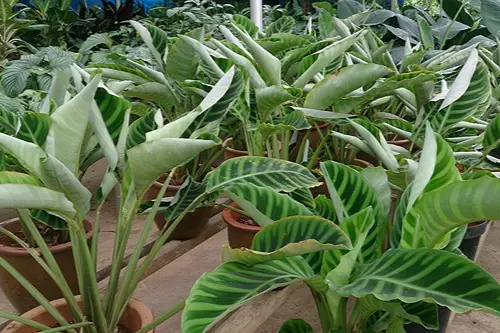
The zebra plant’s striped leaves make it undeniably eye-catching. Unfortunately, it’s also one of the pickiest houseplants you can own. It hates low light, hates drying out, and hates drafts. Designers joke that it has a flair for the dramatic—and not in a good way.
In practice, most zebra plants wither into half-dead, patchy messes. They lose their striking looks quickly, leaving you with guilt and a struggling plant. Designers say they’re too fragile to be worth the headache in everyday homes. Unless you’re running a plant hospital, it’s better to skip them.
8. Rubber Plant
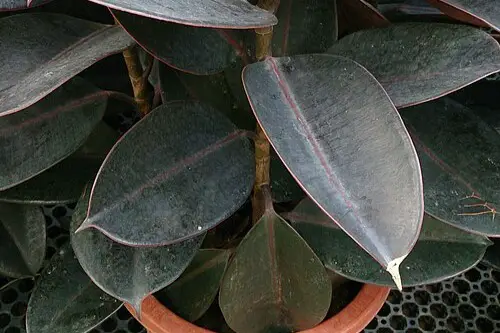
Rubber plants had a big moment thanks to their glossy leaves and minimal vibe. But designers are over them because they get leggy and awkward with age. They either grow too tall for a space or start dropping leaves, leaving bare stems. Instead of sleek, they often look half-dead in real life.
They’re also messy, secreting a sticky sap when leaves are damaged. Dust clings to their leaves easily, so keeping them looking sharp is a chore. Designers argue they’ve become a cliché rather than a classic. Today, they’d rather see you with something sculptural like a bird of paradise.
9. Calathea
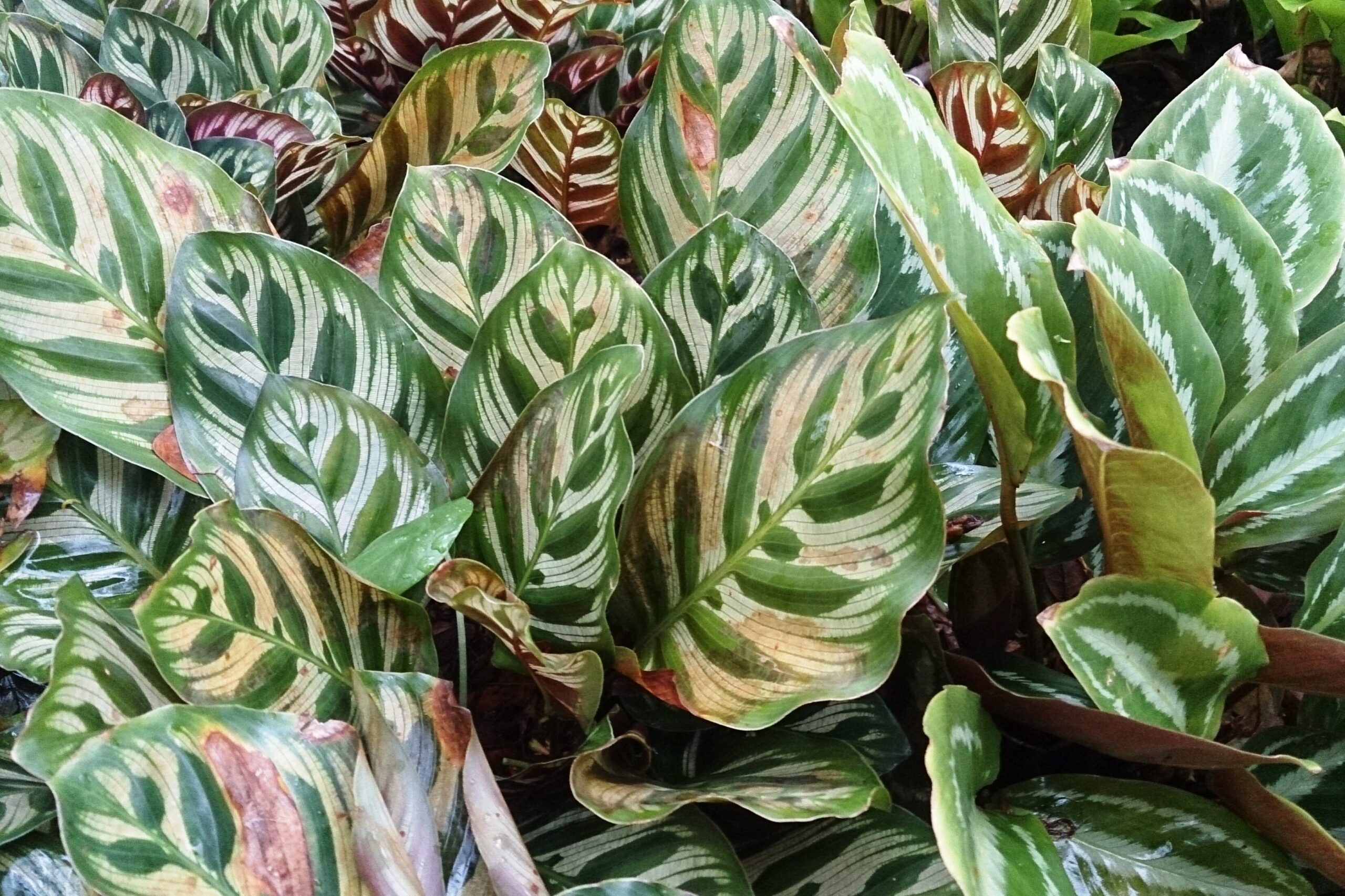
Calatheas are known as “drama queens” in the plant world, and designers are done with the theatrics. They curl their leaves at the first sign of stress—low humidity, inconsistent watering, or the wrong light. Their patterned leaves are gorgeous, but keeping them looking that way is nearly impossible. For most people, they’re a constant cycle of reviving and disappointment.
Designers say they’re just too fussy for modern interiors. Unless you live in a rainforest, it’s hard to keep them from looking sad. They also attract pests when they weaken, which makes them a liability near other plants. The consensus: too much work, not enough reward.
10. Croton
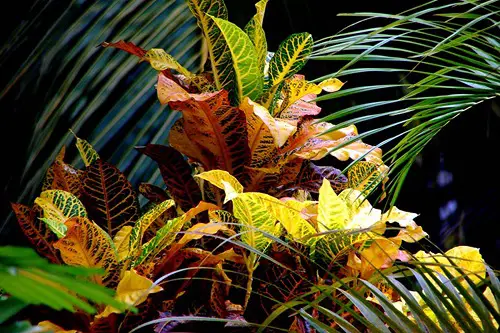
Crotons look incredible in garden centers, with bright red, orange, and yellow leaves. But indoors, those colors usually fade fast without strong sunlight. They start dropping leaves the second they feel stressed, leaving nothing but bare stems. Designers find them more frustrating than fabulous.
The constant leaf drop is also messy, creating a trail wherever they sit. They’re basically sunshine addicts that most indoor spaces can’t satisfy. Instead of a vibrant pop of color, you’re left with a struggling stick. Designers wish people would stop forcing crotons into dim living rooms.
11. Aloe Vera
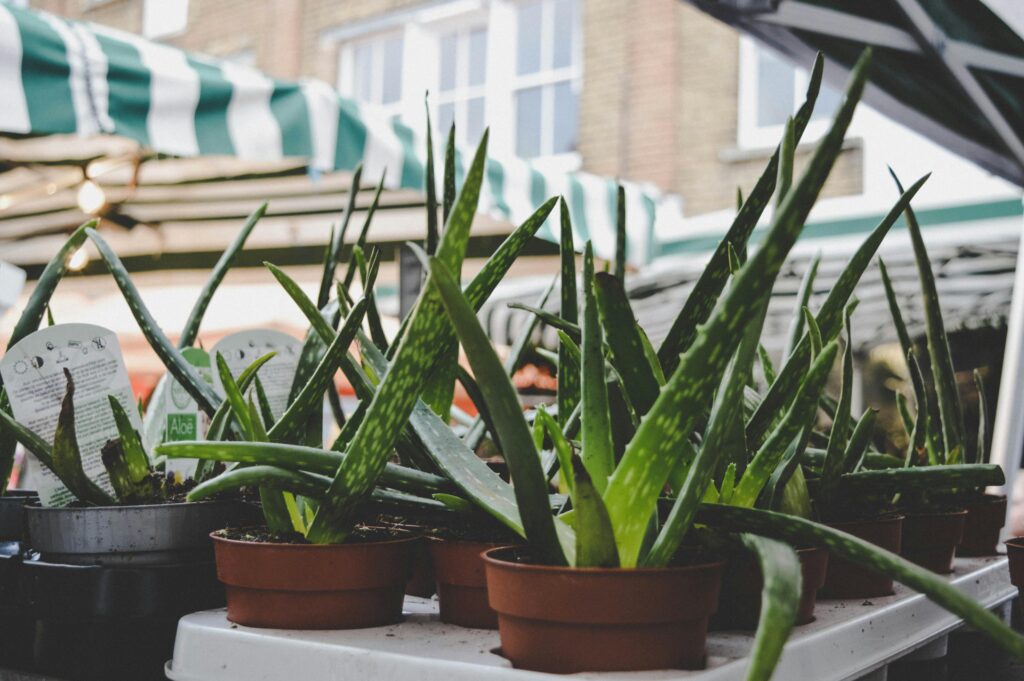
Aloe seems practical—soothing gel, low maintenance, stylish spiky shape. But designers point out it rarely thrives indoors without direct sun. In low light, it grows tall, leggy, and floppy, losing its compact form. Instead of sleek, it looks like it’s melting across the windowsill.
They also hate overwatering, so many die from root rot in the average home. Designers say the “practicality” argument doesn’t hold up when the plant itself looks unhealthy. If you want a sculptural succulent, there are sturdier options. Aloe belongs in bright outdoor spaces, not dim kitchens.
12. Snake Plant (Yes, Really)
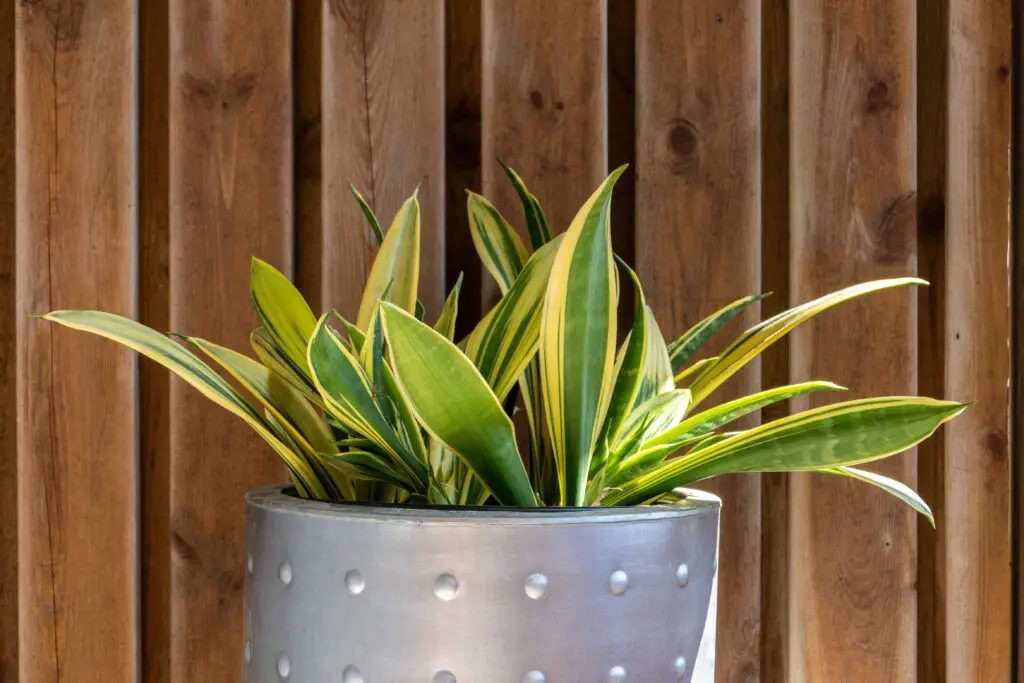
Snake plants have been hyped as the ultimate low-maintenance plant, but designers think the craze has gone too far. Every Airbnb, office, and minimalist living room seems to have one. Their stiff, sword-like leaves can feel sterile and repetitive. Instead of fresh, they often read as overplayed.
Designers say they don’t bring enough personality or softness to a space. While they’re durable, they can make interiors feel flat and uninspired. It’s not that they’re bad—it’s just that they’re everywhere. Designers are ready to move on to fresher ideas.
13. Lucky Bamboo
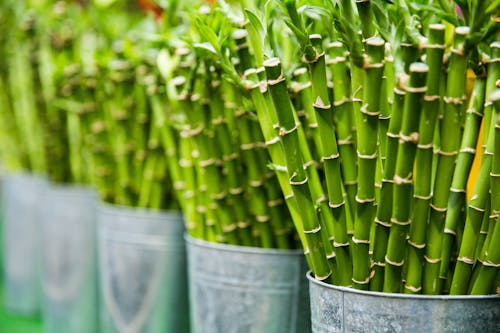
Sold in grocery stores and marketed as “good luck,” lucky bamboo has overstayed its welcome. It’s actually not bamboo at all, but a type of dracaena. Designers say it often looks cheap and kitschy, especially when paired with pebbles and glass vases. Instead of chic, it feels like office desk clutter.
It’s also prone to yellowing if water isn’t changed regularly, leaving it looking sickly. Designers argue that it doesn’t elevate a space the way true greenery can. It’s more novelty item than interior accent. Most agree: leave it at the checkout counter.
14. Peace Lily
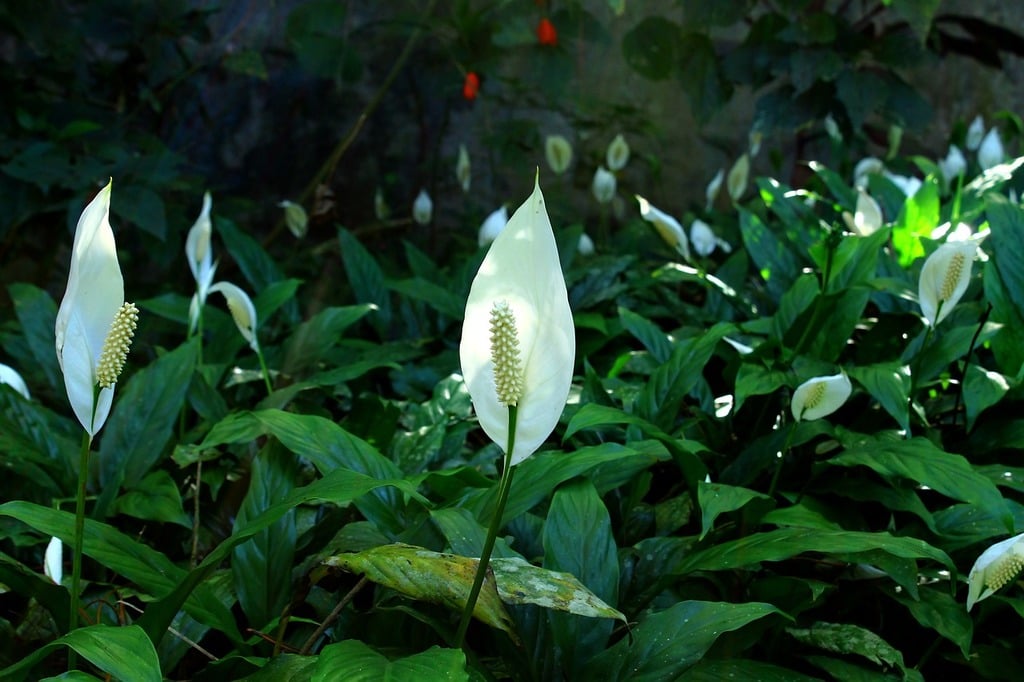
Peace lilies are often gifted, and while their white flowers look elegant, designers are over them. They’re notorious for drooping dramatically when thirsty, which can make them look constantly stressed. The blooms also turn brown quickly indoors, leaving you with more dead flowers than fresh ones. Instead of graceful, they end up depressing.
Designers also say peace lilies feel dated, like something out of a 1990s waiting room. They don’t have the sculptural interest or lush texture of other houseplants. While they can survive in low light, they rarely look their best. Most designers would rather see a modern, low-maintenance plant take their place.
This post 14 Plants Designers Wish You’d Stop Keeping Indoors was first published on Greenhouse Black.
